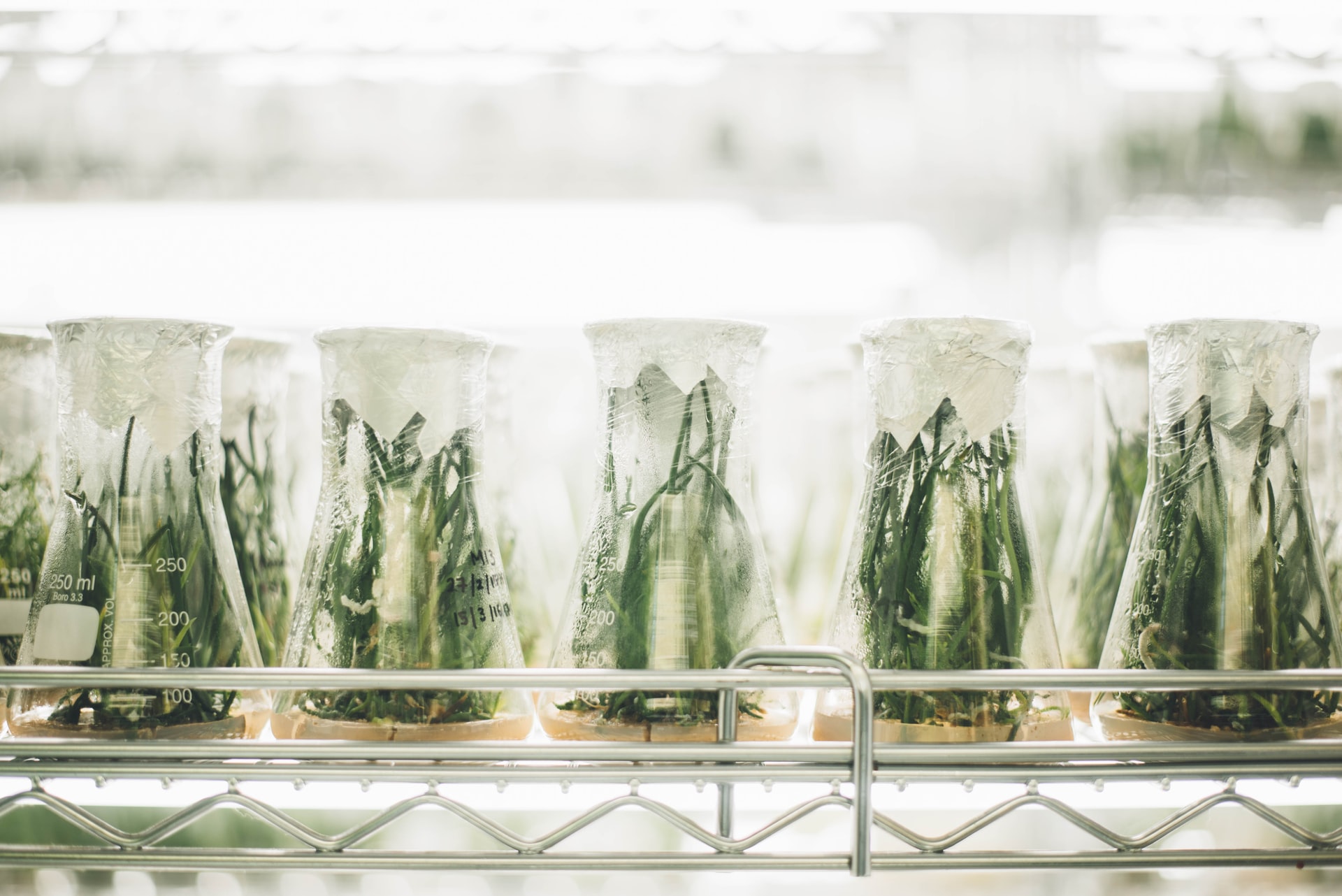In the summer of 2018, the European Court of Justice (that’s Europe’s highest court) reviewed a case and concluded that gene-edited crops should be subject to the same regulations as conventional genetically modified organisms (GMOs). This meant that CRISPR-edited plants, from that moment on, became subject to strict GMO laws in the European Union, threatening much-needed research on gene-edited crops. This led a group of several young plant scientists from Wageningen University (NL) to start an initiative with the aim of becoming a voice in the policy-making around New Plant Breeding Techniques in Europe: The GeneSprout Initiative. We caught up with their team to learn about their commitment to increase public engagement and awareness about these plant breeding techniques and what these could mean for the future of agriculture.
Why was this initiative born?
When the European Court of Justice reviewed case C-528/16, they concluded that organisms obtained by mutagenesis techniques should be regulated under the genetically modified organisms (GMOs) directive (2001/18/EC). In addition, the court ruled that plants obtained by new plant breeding techniques are not excluded from this directive. Within the scientific community, we assumed this ruling meant that all altered plants would be classified and subjected to the GMO directive.
Many early-career plant researchers in Europe are passionate about developing more climate resilient and nutritious plant varieties, and genetic alteration holds enormous potential to help us accomplish that.
Since these laws do not differentiate between old-school GMOs that contain foreign DNA and plants obtained using new plant breeding techniques, the application of the old GMO laws to new techniques is not justifiable and must be updated. As young researchers and citizens, we believe that NPBTs and CRISPR can contribute to meeting the challenges we presently face, and policy must be updated in order to effectively utilize them. In order to be heard, we were compelled to unite and establish the GeneSprout Initiative.
Are all New Plant Breeding Techniques-bred plants GMOs?
A plant can only be considered a GMO if it falls under the EU definition of a GMO in the first place. This definition requires two conditions; a genetic technique must have been used and the organism’s genetic material must have been altered in a way that does not occur naturally. Bearing this in mind, it becomes obvious that an altered plant with a single-letter DNA change – something that occurs frequently in nature – does not fall under the GMO definition. On the other hand, adding a gene from another species results in a GMO. These two examples illustrate both extremes of a broad spectrum of DNA alterations that can be achieved. However, it is still unclear how alterations across this spectrum of possibility are defined as naturally-occuring. Clarification is urgently needed.

Why is it important to have an open dialogue about this?
As scientists, and even more so as citizens, this ongoing and highly polarized debate on agricultural innovation is deeply concerning. We fear that this debate, together with regulatory uncertainty, limits the potential benefits for our society and the environment. Many early-career plant researchers in Europe are passionate about developing more climate resilient and nutritious plant varieties, and genetic alteration holds enormous potential to help us accomplish that. Given the current ecological and societal challenges we face, such innovation is urgently needed.Our society deserves to be engaged in a dialogue that is open-minded and constructive. In order to promote this, we need to provide scientists, policy makers, and the general public with the correct information on new plant breeding techniques. That’s how people can develop truly informed opinions and can be inspired to partake in the conversation.
What will this mean for agricultural innovation in Europe?
Europe has always been at the forefront of agricultural advances, thanks to our fellow plant scientists pushing forward the boundaries of plant science and biotechnology. The use of the revolutionary CRISPR technique heralded a new age of plant breeding, characterized by precision and efficiency. Not surprisingly, small and medium-sized enterprises and universities alike started R&D projects using CRISPR to innovate.
We present a platform for early career plant scientists that encourages them to participate in science communication and that facilitates open dialogue with experts from different fields, policy makers, and citizens.
However, the legal uncertainty and interpretation of the ruling has slowed scientific innovation in the EU. R&D started moving to countries that adopted fit-for-purpose regulations and many research projects were cancelled or went unfunded. As a result, the current and future generations of plant scientists have been deprived of many opportunities, leaving them demotivated and leading to a brain drain of talent. In the long run, this will cost Europe its leading role in plant biotechnology and agricultural innovation.
Who still needs to join the conversation?
So far, this discussion in the EU has involved major stakeholders: politicians, breeding and biotech companies, and non-governmental organizations. We felt an important voice was missing: the voice of the younger generation. We present a platform for early career plant scientists that encourages them to participate in science communication and that facilitates open dialogue with experts from different fields, policy makers, and citizens. We want to enable both early-career plant scientists and citizens to find their voice. Together, we hope to gather new and joint perspectives on new plant breeding techniques that will help us shape the future of agriculture. You can support the GeneSprout Initiative in several ways: As an ambassador who supports our cause or as a member who actively works together with the board. More info via this link.

Share your thoughts and join the technology debate!
Be the first to comment